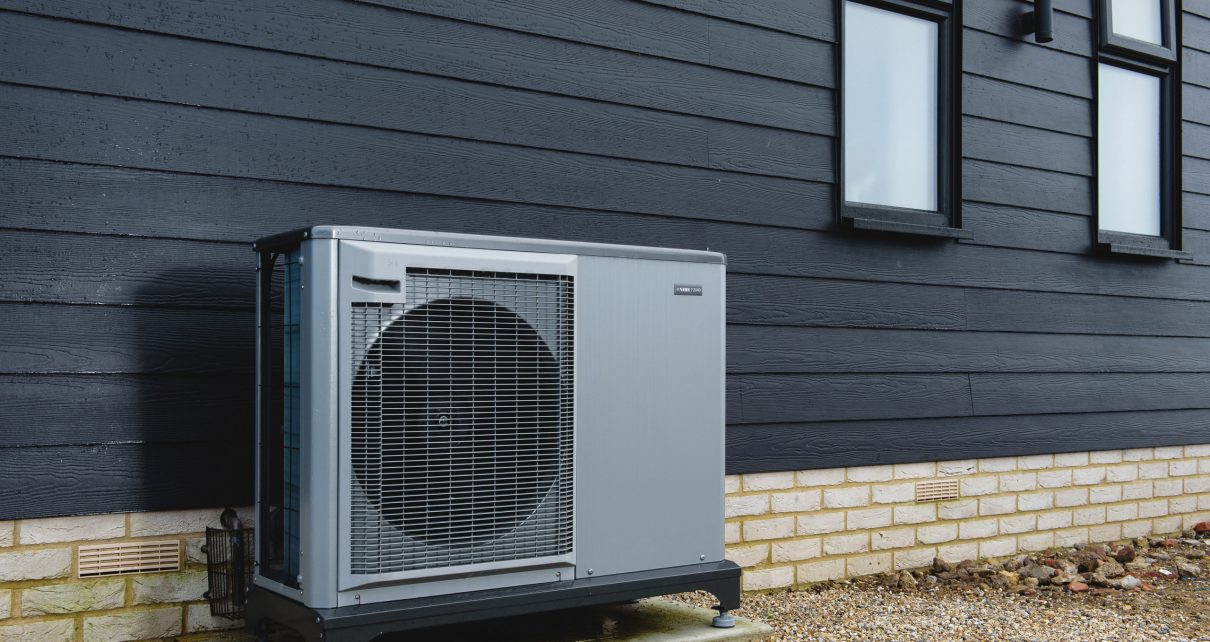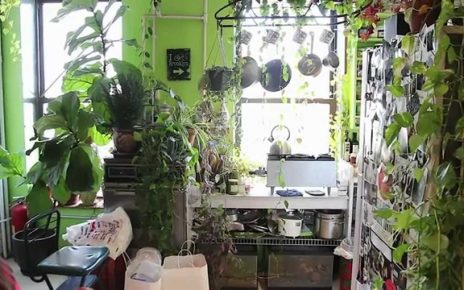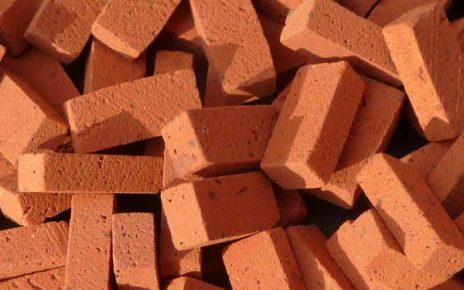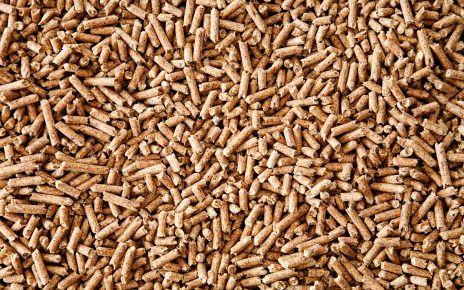The heat pump is one of the most efficient heating and cooling devices in any home. It’s a great way to reduce or eliminate your need for an expensive furnace, but if you’re not using your heat pump properly, you might be losing money on energy bills instead of saving it. Here are some tips to help you get more from your heat pump this winter.
When selecting a new system, there are two main kinds: baseboard and ductless. A baseboard unit is placed on top of the floorboards directly underneath the ceiling. The unit has a large evaporator coil that sits close to the ground. This type of system requires a lot of space around the outside of the house because the condenser coils must be located at the roof level. If you live in an area where snow is likely, a baseboard unit will probably work best during your snowy season, as the pipes can’t be left exposed.
Ductless units are designed to fit into smaller spaces. They have small evaporators and condensers, so they don’t require a whole lot of room. Ductless systems also allow you to install them within walls. Because these types of heat pumps can be installed without damaging the walls, homeowners sometimes put them inside closets or under cabinets. You’ll also find ductless systems mounted on the wall, with the evaporator and condenser sitting on either side of the wall, separated by grills.
When deciding which kind of system works best for your home, keep these points in mind:
– Baseboard systems are better suited for areas with high precipitation levels. These systems typically work the best on roofs, because the condensation process can take place without damaging the roof. However, if you live in an area prone to heavy snows, installing a baseboard system could cause damage to your roof.
– Wall-mounted systems are best suited for homes that aren’t prone to heavy snows. You’ll want to measure the interior dimensions of the rooms you plan to mount the unit in, and make sure the condensers won’t block windows or doors. You may even want to consider using a wall-mounting system only in bedrooms, as these systems tend to collect dust in their air vents.
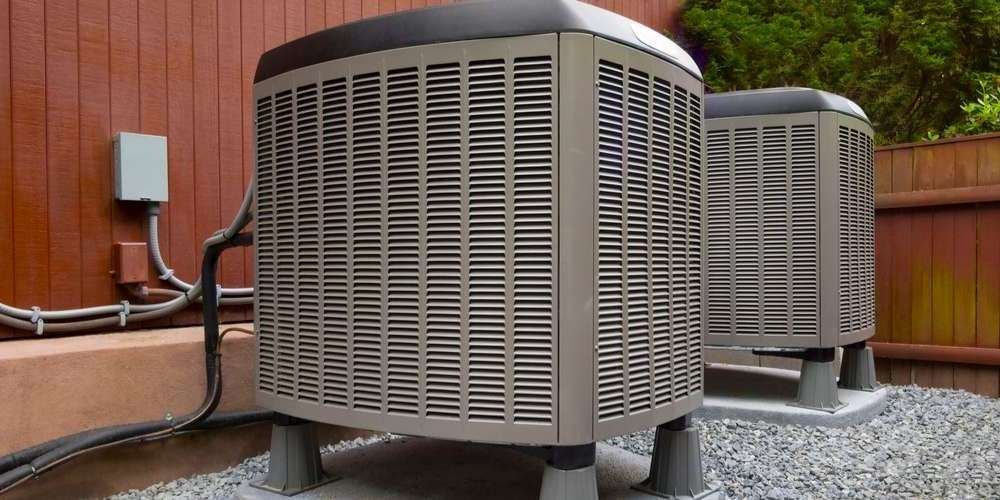
Once you’ve determined which model of heat pump would best suit your needs, it’s time to think about efficiency. To do this, you should know how much power the system is capable of producing. For example, a heat pump that produces 10 million BTUs (British thermal units) per hour is considered pretty powerful. There are different models of heat pumps that produce anywhere between 1 million and 30 million BTU per hour.
A person can plan to go for the soojuspumbad especially for the winters. Some of the people face problem to live in a place that have a low temperature. They can make use of the pumps to maintain the temperature of the place. A person can plan to go for the good results by effective measures.
When it comes to operating efficiency, you’ll first have to understand what makes up an average heat pump. First, the fan motor draws power and creates airflow; then, the compressor uses electricity to compress the refrigerant gas. These steps alone can account for 25% of the total energy consumption of the system. Next, the refrigeration cycle consumes energy, including the evaporator coil and condenser coil. Lastly, the electrical components such as the thermostat and controls consume power, too. To increase your overall efficiency, all of these elements should be taken into consideration when designing your system.
If you’re looking to save money on your monthly energy bill, here are some ways to increase the efficiency of your heat pump:
– Install a programmable thermostat.
Programmable thermostats let you set individual temperature settings for each room. This allows you to set the temperature higher in warmer months, and lower in colder ones.
– Use the lowest possible temperature setting.
Most heat pumps automatically adjust to maintain the desired temperature throughout the day, but lowering the temperature a few degrees can significantly cut down on energy costs.
– Install a geothermal heat pump.
Geothermal heat pumps operate off the Earth’s constant temperature, which means they can run 24 hours a day, seven days a week. This kind of system can reduce peak energy usage by up to 60%.
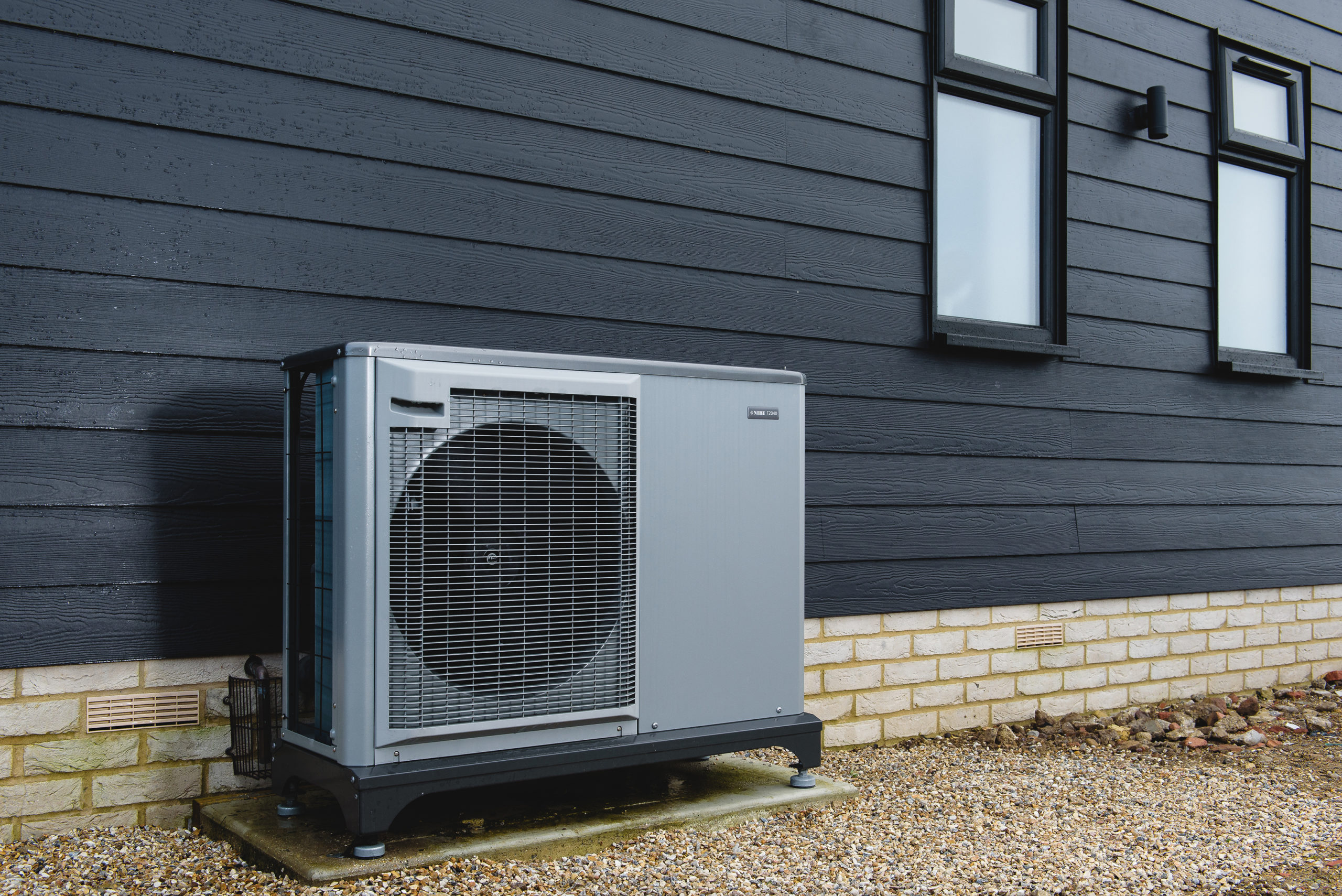
– Place your heat pump near an outdoor air conditioner.
Outdoor units have a lower coefficient of performance than indoor units. Placing an outdoor unit next to your heat pump will increase its efficiency by reducing the amount of heat that escapes out of your home in the summertime.
– Add insulation to your attic.
Adding insulation to the attic reduces the amount of heat that travels through the walls and ceilings, making the heat pump less effective. Insulation is usually added to attics during attic renovations.
– Change your air filter regularly.
Filters trap dirt particles that can clog the system and decrease the rate of heat exchange. Changing your filters every three months is ideal, but changing them more frequently will still yield positive results.
In addition to installing a programmable thermostat and replacing your filters, another thing you can do to increase the efficiency of your heat pump is to change your water heater. The National Oceanic and Atmospheric Administration recommends switching over to a tankless style water heater, which doesn’t store hot water and therefore uses much less electricity.
Another tip for increasing your efficiency is to invest in a home energy audit. An auditor will check everything in your home for potential leaks — including windows and doors. He or she will also inspect your plumbing and electrical wiring, and identify any other items that may be causing your energy bills to skyrocket. Finally, the auditor will recommend solutions to improve efficiency.

